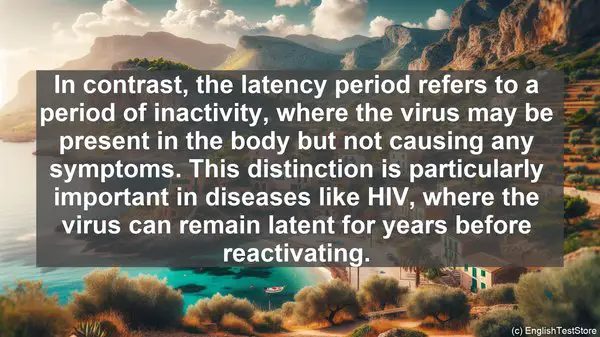Introduction
Welcome to today’s lesson. As a virology researcher, you’ll often come across words that may sound similar but have distinct meanings. These words can lead to misinterpretation and even errors in your research. So, let’s dive into the top 10 commonly confused words in virology research.
1. Virus vs. Bacterium
One of the most fundamental distinctions in microbiology is between viruses and bacteria. While both are microscopic, viruses are acellular particles that require a host cell to replicate, whereas bacteria are single-celled organisms capable of independent growth and reproduction. Understanding this difference is crucial, as the treatment and prevention strategies for viral and bacterial infections differ significantly.
2. Epidemic vs. Pandemic
These terms are often used interchangeably, but they have distinct meanings. An epidemic refers to the rapid spread of a disease within a specific region or community. On the other hand, a pandemic is a global outbreak, affecting multiple countries or continents. COVID-19, for example, started as an epidemic in Wuhan but quickly escalated into a pandemic. Understanding the scale of an outbreak is essential for implementing appropriate control measures.

3. Endemic vs. Epidemic
While we’re on the topic of epidemics, it’s important to differentiate between endemic and epidemic. An endemic disease is constantly present in a particular region or population, albeit at relatively low levels. In contrast, an epidemic is a sudden increase in the number of cases, often exceeding what is normally expected. By monitoring endemic diseases, we can detect early warning signs of potential epidemics.
4. Antigen vs. Antibody
Antigens and antibodies are key players in the immune response. An antigen is a molecule that can trigger an immune response, such as a viral protein. Antibodies, on the other hand, are proteins produced by the immune system in response to an antigen. They bind to the antigen, neutralizing it and marking it for destruction. Understanding the antigen-antibody interaction is crucial for vaccine development and diagnostic tests.
5. Incubation Period vs. Latency Period
When studying the progression of a viral infection, it’s important to distinguish between the incubation period and the latency period. The incubation period is the time between infection and the onset of symptoms. In contrast, the latency period refers to a period of inactivity, where the virus may be present in the body but not causing any symptoms. This distinction is particularly important in diseases like HIV, where the virus can remain latent for years before reactivating.
6. Zoonotic vs. Anthroponotic
Zoonotic and anthroponotic diseases are terms used to describe the source of an infection. A zoonotic disease is one that can be transmitted from animals to humans, such as the H1N1 influenza virus. In contrast, an anthroponotic disease is primarily transmitted between humans, like measles. Understanding the source of an infection is crucial for implementing effective control measures.
7. Vector vs. Reservoir
When studying the transmission of a virus, it’s important to differentiate between a vector and a reservoir. A vector is an organism, often an insect or arthropod, that can transmit the virus from one host to another. A reservoir, on the other hand, is a natural habitat where the virus persists, often without causing disease. By understanding the vector-reservoir relationship, we can better predict and prevent outbreaks.
8. Serology vs. Virology
Serology and virology are two branches of microbiology that focus on different aspects of viral infections. Serology involves the study of antibodies in the blood, often used for diagnostic purposes, while virology encompasses the broader study of viruses, including their structure, replication, and pathogenesis. Both fields are essential for a comprehensive understanding of viral diseases.
9. Pathogenicity vs. Virulence
Pathogenicity and virulence are terms used to describe the ability of a virus to cause disease. Pathogenicity refers to the ability to produce clinical symptoms, while virulence is a measure of the severity of the disease. Some viruses may be highly pathogenic but have low virulence, meaning they can cause disease but with relatively mild symptoms. Understanding these terms is crucial for assessing the public health impact of a virus.
10. Outbreak vs. Cluster
Finally, let’s differentiate between an outbreak and a cluster. An outbreak refers to a sudden increase in the number of cases, often exceeding what is normally expected. It can occur in a localized area or a larger population. A cluster, on the other hand, refers to a group of cases that are linked in time and place. By identifying clusters, we can better understand the transmission dynamics of a virus and implement targeted control measures.

